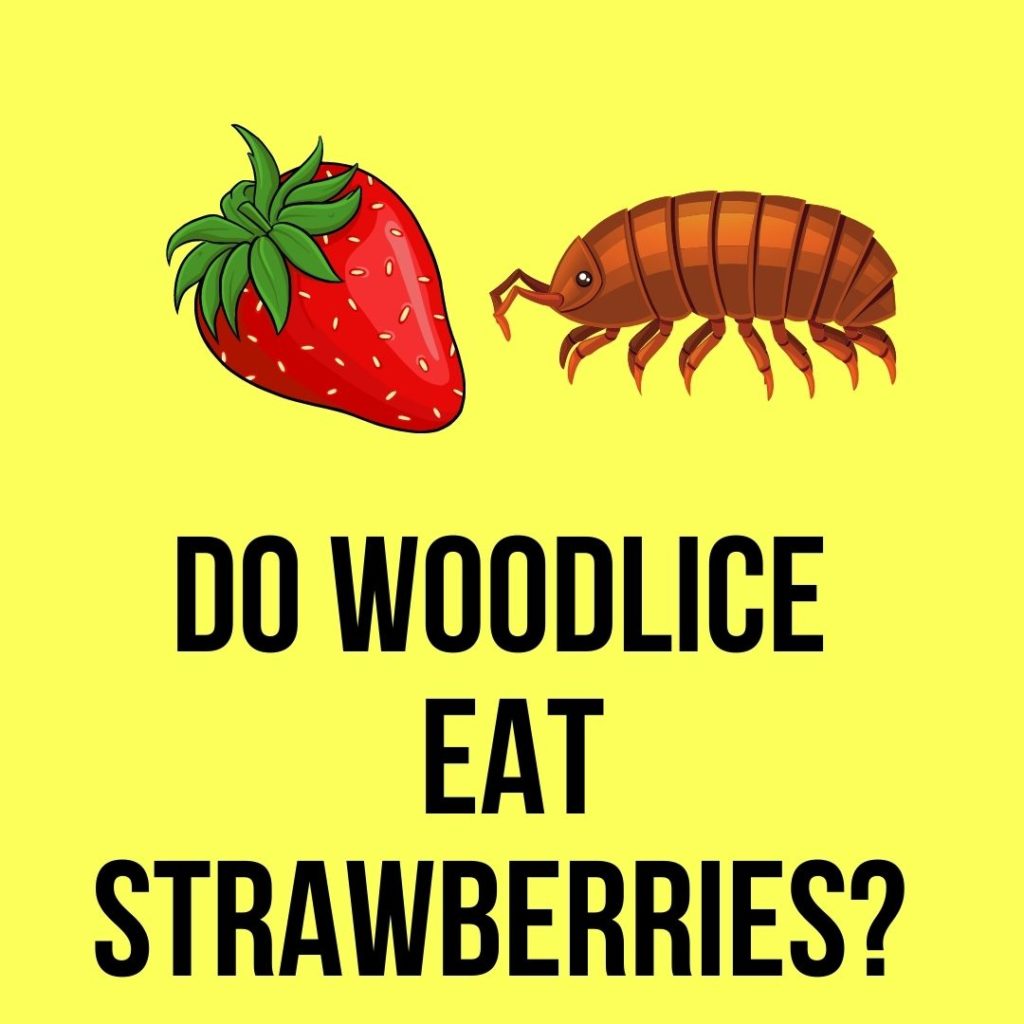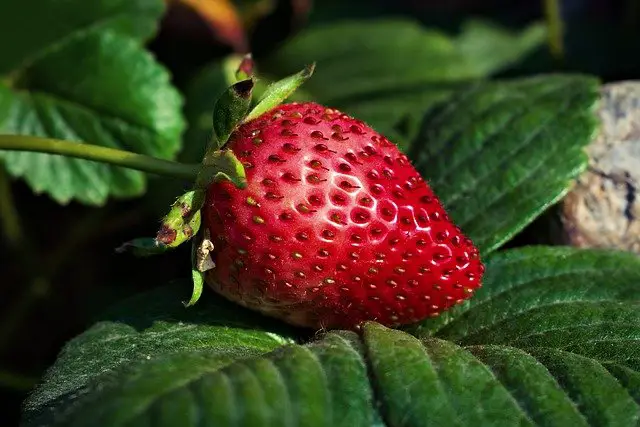Woodlice are crustacean terrestrial isopods. They are mostly harmless creatures who eat dead and decaying fruits and vegetables. Woodlice are one of nature’s best recyclers.
These isopods are particularly useful to soil health and in compost heaps. While they mostly feed on decaying woods (as per their name) and make it their habitat, they might sink their teeth in your fresh, ripe strawberries.
So, do woodlice eat strawberries? How do woodlice affect the garden? How to avoid woodlice for your garden and strawberries? We will tell you everything you need to know.
The woodlice aren’t the only criminals in this strawberry munching terrorism, though. Slugs and snails or even birds are common allies to these 14-legged creatures.
Do Woodlice Eat Strawberries?
Your strawberries are likely not the main target of woodlice. They are primarily scavengers and feed on dead, decaying plant materials. Therefore, while part of the problem, woodlice isn’t the only thing damaging your strawberry patch.
How Do Woodlice Affect the Garden?
Rather than woodlice, slugs are a bigger threat to your garden. Attracted to the sweet, red fruit, slugs chomp them up, leaving behind an unsightly mess for you to clean, and an open invitation for woodlice to a feast.
Birds are no less criminal to your fresh, ripe batch of strawberries either. A common struggle, especially for those using hanging baskets, is birds pecking on ripe fruit when left unprotected. Woodlice like to help themselves to the damaged fruits to their heart’s content.

But what if you have your garden geared up against these common hurdles, yet the crawlers still manage to get through to your crop? In that case, you might be due some cleanup around the garden, or the problem might be your strawberry patch itself.
Much like the name implies, woodlice enjoy, you guessed it, wood. Crafty gardeners sometimes use driftwood to make planters for their strawberries.
While it might be an innovative way to elevate your garden aesthetically, it also creates a woodlice heaven right in your strawberry patch. If you inspect, you might find a large nest festering in the wood.
Woodlice enjoy damp, dark places with lots of decay. Dead leaves sticking to your strawberries attracts woodlice. While feeding on the decay, also they get to your fruits.
Try Hanging Your Strawberries
Pests are part of growing your vegetation. Where there is life, there is an ecosystem. All sorts of pests, birds, and rodents will feed on your produce. It is a natural course of life.
You can combat these hurdles by planting your strawberries in hanging baskets. Raising your plants will give their fruit some protection from crawlers and slugs. Birds, however, become a larger concern.
You will need to put up netting or fruit cages around your patch to prevent birds from getting to your strawberries.
Hanging is a good way to manage strawberries in a small space as well as containing them if you don’t want your plants to multiply.

Pest Prevention
You can easily deal with woodlice by keeping your garden clean, getting any wood away from your fruit, and clearing up damp, dark places by your patch.
However, as long as there are other pests, the woodlice will return.
You can set up traps with beer or cornmeal to attract slugs as they are pulled towards sweet, yeasty flavors. The downside is you would need a lot of traps as they aren’t long-range.
You may use commercial products, but be sure to check the labels and do your research to make sure they don’t come with many side effects.
Some commercial products might be highly toxic and should only be used as a last resort.
Alternatively, you may also set up barriers made of salt, crushed eggshells, copper wiring, oyster shells, or gardening grit to keep the slimy creatures at bay.
As long as your crop is appropriately protected, you could try setting up bat or bird boxes to keep watch over your garden as predators keep pests away. This reduces the number of traps or pesticides you might need to use for your plants.
Final Thoughts
In conclusion, woodlice don’t do much harm to strawberries. They are more of a secondary effect of other problems. You can easily keep them at bay by practicing cleanliness around the garden, cutting and pruning dead leaves, and eradicating any damp, dark places they can settle in.
Dealing with slugs, snails and other pests that attack your crops will automatically take care of woodlice as they only aim for decayed plantlife. As long as there isn’t any of that near or on your strawberries, woodlice aren’t too big of a problem.
Over time, it is best to simply sow enough that both you and critters can have their fill of the harvest as they are part of the ecosystem and not elements you can eradicate. If you can’t get rid of them, might as well set your boundaries and grow your crop with them.
![Do Woodlice Eat Strawberries? Easy Answer [2023]](https://gardeningforu.com/wp-content/uploads/2022/04/Do-Woodlice-Eat-Strawberries.jpg)